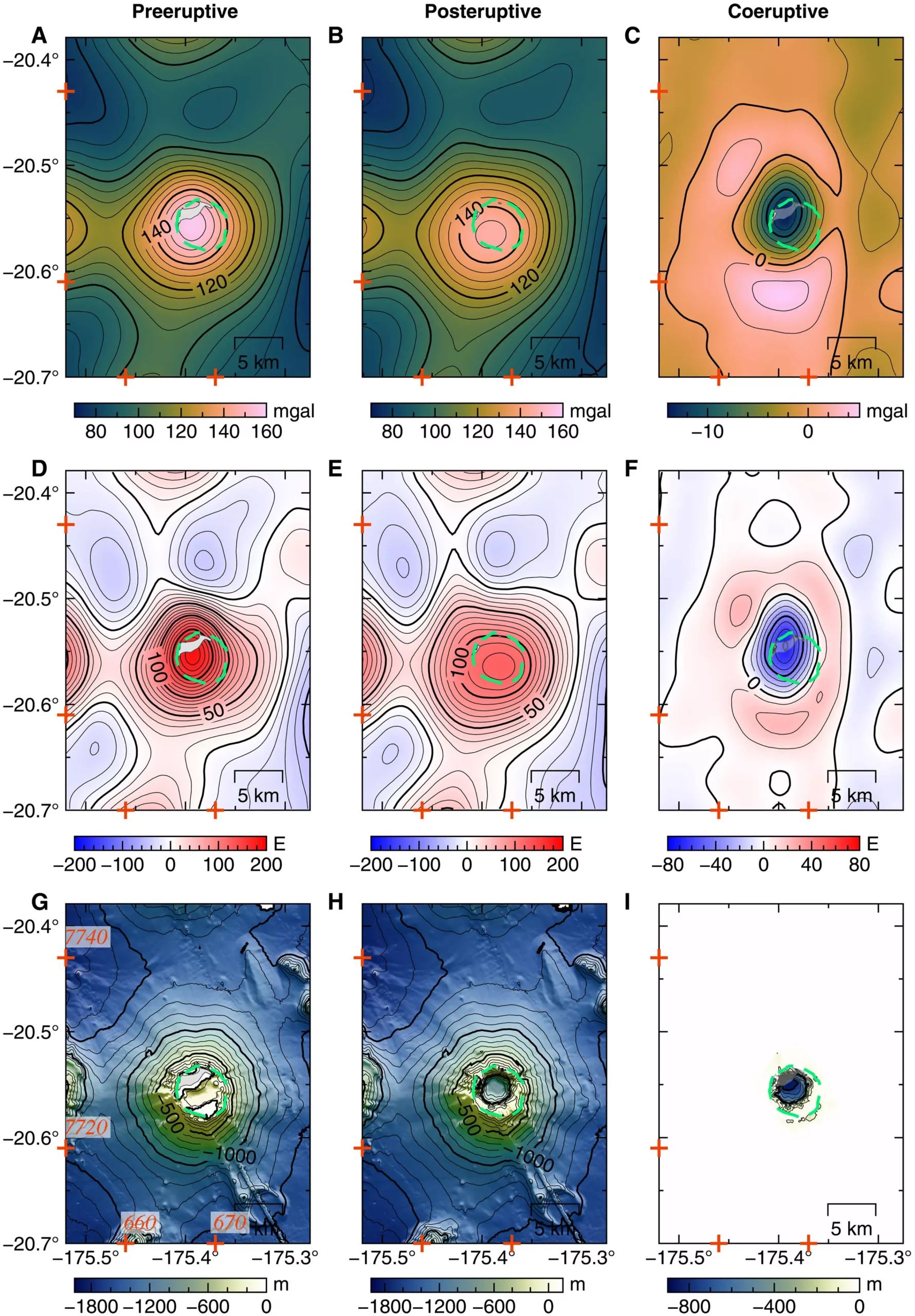The eruption of the Hunga volcano in January 2022 left a lasting impact on the scientific community. This underwater volcano created massive tsunamis and released a plume that reached the mesosphere. Understanding the dynamics of such eruptions can be challenging, especially when the volcano is situated underwater. However, a team of geologists, volcanologists, and Earth scientists from prominent institutions in the United States, New Zealand, and Tonga has made significant progress in mapping the magmatic system beneath the Hunga volcano using innovative technologies. Their findings, published in the journal Science Advances, provide crucial insights into the magma reservoirs before and after the eruption, shedding light on the complex nature of volcanic activity.
Traditionally, studying magma chambers beneath underwater volcanoes has been a formidable task due to the limitations of deploying conventional sonar equipment. However, the research team took a different approach by employing highly sensitive satellite data to measure subtle differences in sea levels globally. By analyzing these small variations, scientists were able to gauge the amount of magma within the chambers and create comprehensive maps of their size. The combination of data from satellite radar pulses and multibeam bathymetry allowed the researchers to compare the pre- and post-eruption magma chamber configurations.
The analysis of the maps revealed the existence of three distinct pockets of magma beneath the Hunga volcano. Two of these pockets consist of liquid magma, while the third is in the process of solidification. It is worth noting that the majority of the erupted magma originated from a central chamber. Approximately 30% of its contents erupted violently, leading to the collapse of the caldera. The researchers also discovered a channel connecting the two liquid-filled chambers. This conduit enables the replenishment of magma lost from the central chamber, resulting in sustained volcanic activity.
This groundbreaking study lays the foundation for future investigations into the intricacies of the magmatic system beneath the Hunga volcano. The researchers anticipate that continued analysis of satellite data will uncover additional details about the composition and behavior of the magma chambers. These insights may unlock a deeper understanding of volcanic eruptions and contribute to improved hazard assessment and disaster management strategies.
The research conducted by the team of geologists, volcanologists, and Earth scientists has provided invaluable insights into the magmatic system beneath the Hunga volcano. By harnessing the power of satellite data, researchers have overcome the challenges posed by the volcano’s underwater location. The identification of multiple magma chambers, the role of a central chamber in eruptions, and the discovery of a replenishing channel paint a more comprehensive picture of volcanic activity. As further satellite data analysis awaits, the scientific community eagerly anticipates unraveling the intricacies of the dynamic magma chambers beneath the Hunga volcano. These findings hold the potential to enhance our understanding of volcanic eruptions globally, ultimately leading to improved hazard mitigation strategies.


Leave a Reply